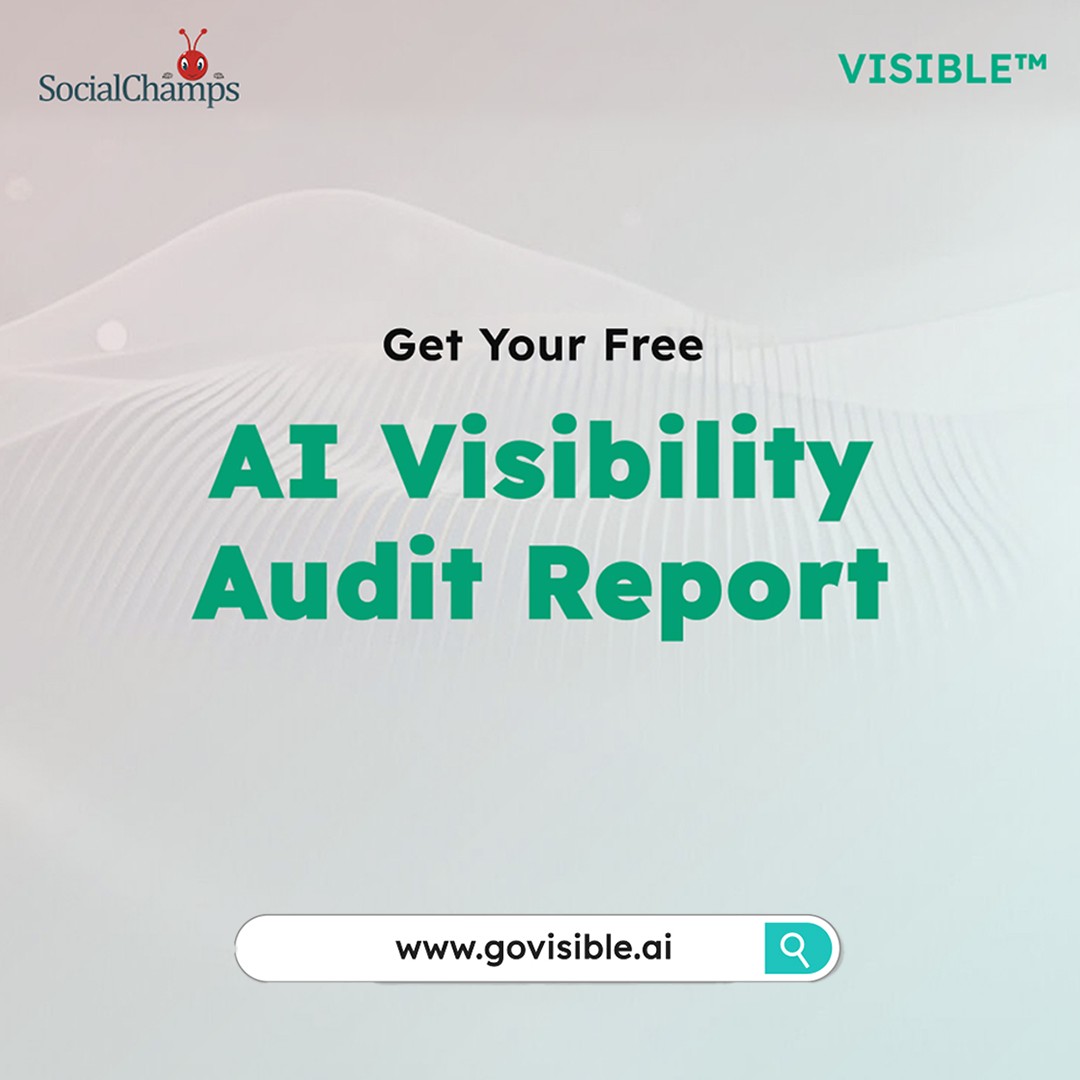
Google has since its inception focused on customer intent. Over the years it has implemented many changes and continues to do so to align its search and advertisements to customer intent. Today, as Google has moved out of our desktops or laptops and entered the mobile world, the reach and amount of searches too have grown and will continue to grow. In the year 2016 alone, there were two trillion searches being done on Google. Being found on Google is the number one priority of all businesses, however, every business cannot make it to the first page immediately. A simpler way to appear in the top three listings on Google is through Adwords In Search engine marketing.
1. Make full use of Google Adwords changes
Google modified the ad-space and introduced Expanded Ads some time ago. In this form, you are given TWO headlines of up to 30 characters, instead of the previous one 25 character headline. You also have up to 80 characters for the description block, which is a boost from the two 35-character lines AdWords previously gave. This means more keywords, but it also means more real-estate on the phone or desktop. Make full use of the expanded ads. Also, include site links to add clickable links in the ads that take the viewers to a specific call to action or function. This way if a viewer sees the ad on a mobile phone your advertisement will cover maximum space thereby giving your ad visual supremacy and higher CTR.
2. Make Good use of Responsive Display Ads
Google has made it simple for users to use Responsive Ads. Give Google the URL, a headline to capture user’s attention, a unique image and a description that well explains your offerings. The ads are automatically matched to the look and feel of the site where it is being shown to offer a seamless experience. This is a great way to use remarketing options to promote e-commerce or lifestyle brands. Create a remarketing list with a specific URL from your site – like a sale page or a shopping cart and use that list to show responsive display ads. Google automatically adjusts the size, appearance, and format to fit the ad in various spaces. Read: Smart Remarketing Tips For Your Business
3. Go local
Google is now showing ads within Google Maps, and claiming your local business in a certain location will mean being on the top of the page when someone searches in local listings or near me. These ads include a location on the map, logo, and review. Once someone clicks on the logo they can see the latest offers by your brand. For your in-store offers, create ads with a 2-mile radius around your location during your sale or peak time searches.
4. Ask for Reviews
Ask your regular customers, or in-store customers to add a review for you if they are happy with your services. When your product or services are rated by customers, it indirectly bumps up your overall Quality Score. Quality score depends on CTR + Relevancy + Landing Page experience. More reviews for an advertisement builds instant trust and there is an increased CTR. The better quality score means your ads have a better chance of being featured at lower CPC bids.
5. It’s time to go Mobile
The bids can now be adjusted according to the instrument used and separate bids for desktop, tablets, and mobiles are possible. If the past data suggests your adverts will be accessed from phone or tablets more, you can adjust the bid accordingly. Run mobile-only campaigns during holidays to cash in on the rush. Most people will be away from their desktops or tablets during the holiday season, for sports season; however, a phone will be with them 24*7. Focusing on mobile only will get you better CPC rates. Bid on ‘Call Now’ option during office hours to tap into the audience who aren’t interested in filling forms.
6. Branded Keywords
Keep around 10% of your keywords as branded keywords. If you list first in branded keywords on Google Search in organic search, having an ad for the same will mean you are virtually taking up two spots for the same keyword thereby keeping your competition out of view. You can use the competitors brand keyword in display URLs. Having a product comparison with the competition as a landing page for such URLs work well. Make sure that the information provided on the landing page is factual.
7. Voice Search and SEM
Voice Search is slowly making its presence felt with more and more people opting for voice search. Make good use of this by bidding for conversational long tail keywords. Keep a mix of focused and long tail keywords as this will give better reach. Try creating blog posts and other content relevant to long-tail keywords and establish yourself as a thought leader. Claim your businesses on maps and local listings as searches with terms ‘near me’ are set to rise.
8. Cut down your losses by Fraud
Business losses from ad bot fraud are expected to reach $16.4 billion in 2017. This is a huge amount. Though Google keeps a strict vigil and when such frauds are identified, refunds your charges, it is better to be on top of these things from your end. Use fraud protection tools like ClickCease to monitor, detect and file refund reports on your behalf. Such frauds if unchecked will affect your ROI.
9. Spy on your Competition
Once your keyword list is ready using keyword planners, head over to tools like SpyFu to identify competitor keywords and see the keywords that they are listing well for. Incorporate those keywords in your list or tweak them if they are branded keywords. Check their ad copies and see what better can you offer there. They offer tons of data that you can use as competition analysis and use this knowledge to your best use.




0 Comments